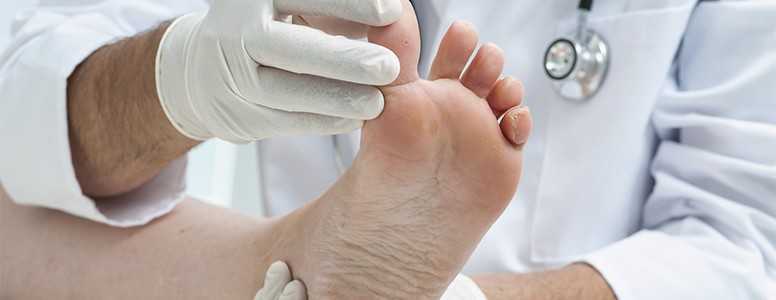A particular protein that affects the healing of foot and lower leg wounds in people with diabetes has been identified by US researchers.
The thrombospondin-2 (TSP2) protein could be targeted to improve treatment for foot ulcers and aid wound healing, researchers say.
TSP2 is an integral part of what is known as the extracellular matrix, which behaves like scaffolding in the development of cells. TSP2 is involved in how cells grow, and the research shows that it is a factor that affects how well wounds heal.
Lead researcher Britta Kunkemoeller, a doctoral student at Yale University, and colleagues discovered that TSP2 was elevated in wounds of human patients with diabetes as well as in animal models of diabetes.
To determine whether TSP2 contributed to delayed wound healing, they genetically removed the protein from a mouse model of diabetes and observed that it improved wound healing. Moreover, the wounds healed quicker and more comprehensively compared with mouse models that did not have TSP2.
The factors behind how much TSP2 is produced were also examined, with the results suggesting that TSP2 production rises when blood sugar levels are higher, correlating with the fact that people with diabetes have higher levels of the protein compared to those without the condition.
“Our study shows that TSP2 could be a target for a specific therapy for diabetic wounds,” said Kunkemoeller.
“Currently, our lab is developing engineered biomaterials derived from extracellular matrix that lacks TSP2. Our plan is to apply such materials to diabetic wounds in mouse models in order to evaluate their efficacy. Going forward, additional research will focus on either preventing the production or inhibiting the function of TSP2 in diabetic wounds.”
Kunkemoeller presented the findings at the national meeting of American Society for Investigative Pathology in San Diego.
Foot ulcers affect people with both type 1 diabetes and type 2 diabetes and it is thought that about one in ten people with diabetes will develop one.
Keeping good control of blood sugar levels and getting regular exercise can help people with diabetes reduce the risk of foot wounds. If you have diabetes, it is recommended to check your feet for signs of damage each day, and to have your feet checked at least once a year by a doctor or healthcare professional.
Foot wounds can become dangerous quickly and it is important to report any signs of foot damage to your doctor as soon as you notice it. Statistics report that around 135 diabetes-related amputations occur each week in the UK but most of these could be prevented through checking for signs of damage and letting your health team know as soon as damage is spotted.
What's new on the forum? ⭐️
Get our free newsletters
Stay up to date with the latest news, research and breakthroughs.




